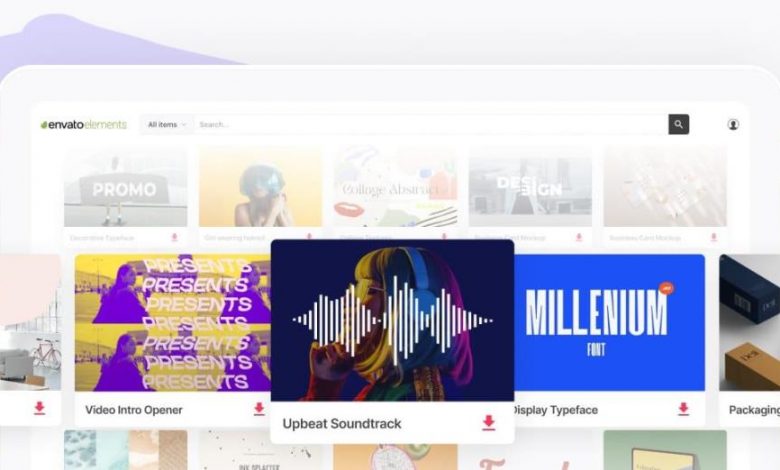10 Tips for Effective Package Design

Ten Tips for Effective Package Design
Introduction
Effective package design plays a crucial role in catching the attention of consumers and influencing their purchasing decisions. A well-designed package can create a positive brand image and convey the value of the product it contains. In this blog post, we will share ten tips for creating packaging that stands out on the shelves and boosts your sales.
1. Know Your Target Audience
Understanding your target audience is the first step in effective package design. Consider their demographics, preferences, and purchasing behaviors. This knowledge will help you design packaging that resonates with your customers and ultimately drives sales.
FAQ:
Q: How can I determine my target audience?
A: Conduct market research, analyze customer data, and define your buyer personas based on their demographics, interests, and needs. This information will guide your packaging design choices.
2. Focus on Simplicity
Keep your package design simple and clutter-free. A clean and minimalist design will not only attract attention but also communicate the essence of the product clearly. Use typography, colors, and imagery strategically to convey your brand message without overwhelming the consumer.
3. Highlight the Unique Selling Points
Your package should emphasize the unique selling points of your product. Identify the features or benefits that set your product apart from competitors and make them prominent in your packaging design. This will capture customers’ interest and persuade them to choose your product over others.
FAQ:
Q: How do I identify my product’s unique selling points?
A: Identify the features, benefits, or advantages that make your product different or superior to others in the market. Ask yourself, “What problem does my product solve, and how does it do it better than the competition?”
4. Consider Shelf Impact
Your package design should grab attention when displayed among other products on store shelves. Choose colors, fonts, and graphics that stand out from the competitors without appearing out of place. Conduct tests and research to ensure your packaging design attracts and retains attention.
5. Ensure Brand Consistency
Your packaging design should align with your brand identity. Consistency builds trust and recognition among consumers. Use your brand’s colors, fonts, and logo consistently throughout the packaging to reinforce brand recall and create a cohesive visual identity.
FAQ:
Q: How can I maintain brand consistency in packaging design?
A: Develop brand guidelines that clearly define your brand’s visual elements, such as colors, fonts, and logo usage. Ensure these guidelines are followed consistently across your packaging, marketing materials, and online presence.
6. Consider Practicality
An effective package design also considers practicality. It should be easy to open, use, and store. Consider the usability of the package, such as ergonomic design, user-friendly features, and convenient storage options. Practical packaging enhances customer satisfaction and can lead to repeat purchases.
7. Tell a Story
Packaging that tells a story creates an emotional connection with consumers. Consider incorporating storytelling elements into your design, such as visuals, taglines, or product descriptions. Engaging packaging can leave a lasting impression on customers and increase brand loyalty.
FAQ:
Q: How can storytelling enhance package design?
A: Storytelling humanizes your brand and helps consumers connect emotionally with your product. Use narratives, product origins, or brand values to create an engaging story that resonates with your target audience.
8. Conduct A/B Testing
A/B testing is an effective way to evaluate the impact of different designs on consumer response. Create multiple versions of your packaging and test them on focus groups or conduct online surveys. Collect feedback and data to refine your package design and optimize its effectiveness.
9. Consider Environmental Sustainability
In an increasingly eco-conscious market, consider incorporating sustainable materials and practices into your packaging design. Choose recyclable or biodegradable materials and clearly communicate your commitment to sustainability on the packaging. This not only appeals to environmentally conscious consumers but also enhances your brand’s reputation.
FAQ:
Q: How can I make my packaging design eco-friendly?
A: Use recyclable materials, reduce packaging waste, and consider sustainable printing processes. Communicate your commitment to sustainability through relevant symbols, certifications, or messaging on the package.
10. Seek Professional Design Help
If you’re not confident in your design skills, consider working with a professional package designer. They have the expertise and experience to create visually appealing and effective packaging that meets your brand’s objectives. Professional designers can help bring your vision to life and ensure your packages make a lasting impact.
Conclusion
Effective package design is a powerful marketing tool that can significantly impact the success of your product. By following these ten tips, you can create packaging that captivates consumers, communicates your brand message, and boosts your sales.
Remember, understanding your target audience, simplicity, highlighting unique selling points, creating shelf impact, brand consistency, practicality, storytelling, A/B testing, environmental sustainability, and professional design help are key factors in achieving effective package design.
Now go ahead and design packaging that stands out from the competition and leaves a lasting impression on your customers.